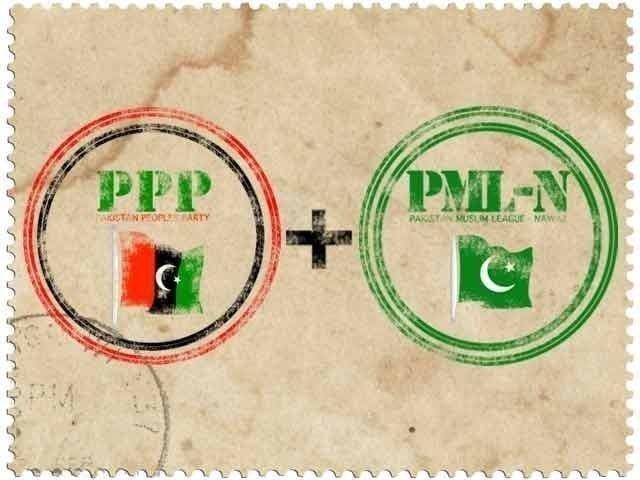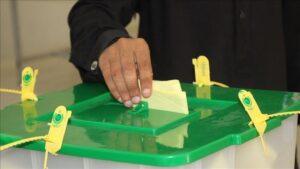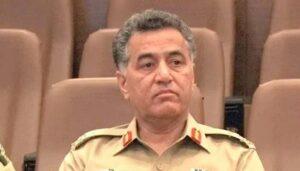LAHORE:
The Pakistan People’s Party (PPP) spent much of 2024 navigating the obstacles of limited political influence and an uphill battle to revitalize its base, particularly in Punjab, even as the party remained a key ally of the ruling coalition.
Despite securing prominent positions through its coalition with the PML-N, the PPP found itself sidelined in critical policymaking, a source of growing frustration for party leaders that became audible throughout the year in openly complaining. ventilated.
The PML-N-led coalition ally found itself grappling with a mix of achievements and challenges: from disappointing election results in Punjab to strained ties with coalition partner PML-N, the PPP’s year has been a test of fire for its strategic depth.
At the beginning of the year, PPP president Bilawal Bhutto-Zardari’s bid for success in the
NA-127 constituency during the February 8 general elections fell short despite vigorous campaigning and an impressive display of power in Lahore.
Among the 25 contenders, PML-N’s Ataullah Tarar claimed victory with 98,210 votes, followed by independent candidate Malik Zaheer Abbas Khokhar with 82,230 votes.
Bilawal’s 15,005 votes put him in third place, exposing the party’s inability to make headway in Punjab. Although an investigative committee was created to identify the causes of the defeat, its recommendations were not followed.
After the elections, the PPP partnered with the PML-N to form a federal government. The alliance secured key constitutional roles for the PPP, including the presidency, Senate presidency and other positions, while the PML-N took over as prime minister.
Although the partnership seemed fruitful on paper, cracks began to appear as PPP leaders complained about their limited role in policymaking. “The PML-N has not lived up to our expectations,” lamented Bilawal.
Furthermore, PPP leaders accused their ally of bypassing them on legislative issues, and lack of trust became a thorn in their alliance.
President Asif Ali Zardari visited Lahore twice, while Bilawal made five trips to the city, reflecting efforts to keep the PPP’s presence alive in Punjab.
However, frustrations mounted when Punjab Governor Sardar Saleem Haider, a PPP stalwart, openly suggested severing ties with the PML-N.
The governor conveyed these concerns directly to Bilawal, who, in turn, urged Prime Minister Shehbaz Sharif to form a committee to address the complaints.
Despite efforts, stagnation persists. The committee is yet to produce results and the much-needed organizational reform in Punjab remains in limbo.
Similarly, the PPP’s efforts to restructure its ranks from districts to union councils have stalled, leaving the party’s popular support in a precarious state.
While the alliance with the PML-N brought immediate dividends in terms of standings, its long-term success remains uncertain.
Political observers felt that to avoid being abandoned, the PPP must review its strategy, particularly in Punjab, where its influence has eroded.
Strengthening its grassroots network, mobilizing workers and rebuilding its organizational structure will be critical to the party’s resurgence.




